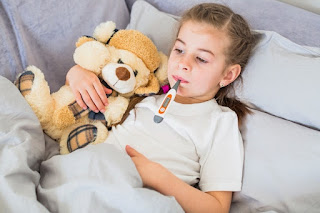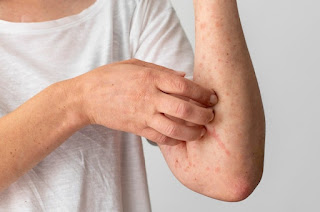As the largest organ in the human body, the skin performs numerous essential functions. It helps regulate body temperature, acts as a protective barrier against bacteria, viruses, and chemicals, and minimizes the harmful effects of UV rays. Additionally, it plays a crucial role in the immune system read more here...
Friday, May 17, 2024
Exploring the Health Benefits of Outdoor Activities for Children
We live in a technologically driven world, where children are spending more and more time in front of screens. Whether it's watching TV, browsing the internet for information, chatting with friends, or playing video games, kids are now using screens for up to 7 hours a day. As a result, they have less time to spend outdoors, engage in physical play, and participate in sports read more here...
Monday, May 13, 2024
Autoinflammatory Diseases in Children
Inflammation occurs when the body reacts to infection or injury, serving as a protective response by the immune system to combat bacteria or aid in healing. Yet, there are instances when this immune response becomes dysregulated, leading to autoinflammatory diseases in children read more here...
Chickenpox: Causes, Symptoms, Treatment
Chickenpox is a prevalent and highly contagious disease primarily affecting young children. It is caused by the varicella-zoster virus, with approximately 4 million individuals contracting the virus annually in the USA alone. While typically a mild illness, the risk of infection can be mitigated through vaccination against the varicella-zoster virus read more here...
Tuesday, May 7, 2024
What is Lactose Intolerance in Children?
Lactose intolerance occurs when the body has difficulty digesting lactose, a type of sugar found in milk and dairy products. If your child is lactose intolerant, they might experience discomfort and other symptoms after consuming milk-based foods or drinks read more here...
Jaundice in Newborns: Symptoms, Causes & Treatment
Jaundice is a frequent condition in newborns where their skin and the whites of their eyes turn yellow. It occurs when there's too much bilirubin, a substance made from the breakdown of red blood cells, in the blood. Normally, the liver processes bilirubin, but in newborns, it's still maturing, so it might not handle the excess effectively read more here...
Subscribe to:
Comments (Atom)









